Author: Tian Hui
The highly anticipated Zeekrxueyuan 001 and XPeng P5 are getting closer to market. Both models have entered the announcement and publication stage. In addition, the problematic Volkswagen ID.3 is expected to be ready soon.
BYD has introduced a new batch of products after a round of technical adjustments, including the planned Han DM-i model, the all-electric small car EA1 Dolphin, and the DM-p version of the Song PLUS. BYD will continue to take advantage of its rich product lineup.
On June 15th, the Ministry of Industry and Information Technology announced the 345th batch of “Notice of Road Motor Vehicle Manufacturing Enterprises and Products” (referred to as “Automobile Announcement”) for public comment.
Including the above-mentioned models, a total of 365 new energy vehicles were declared in this batch of automobile announcements, of which there are 79 new energy passenger cars.
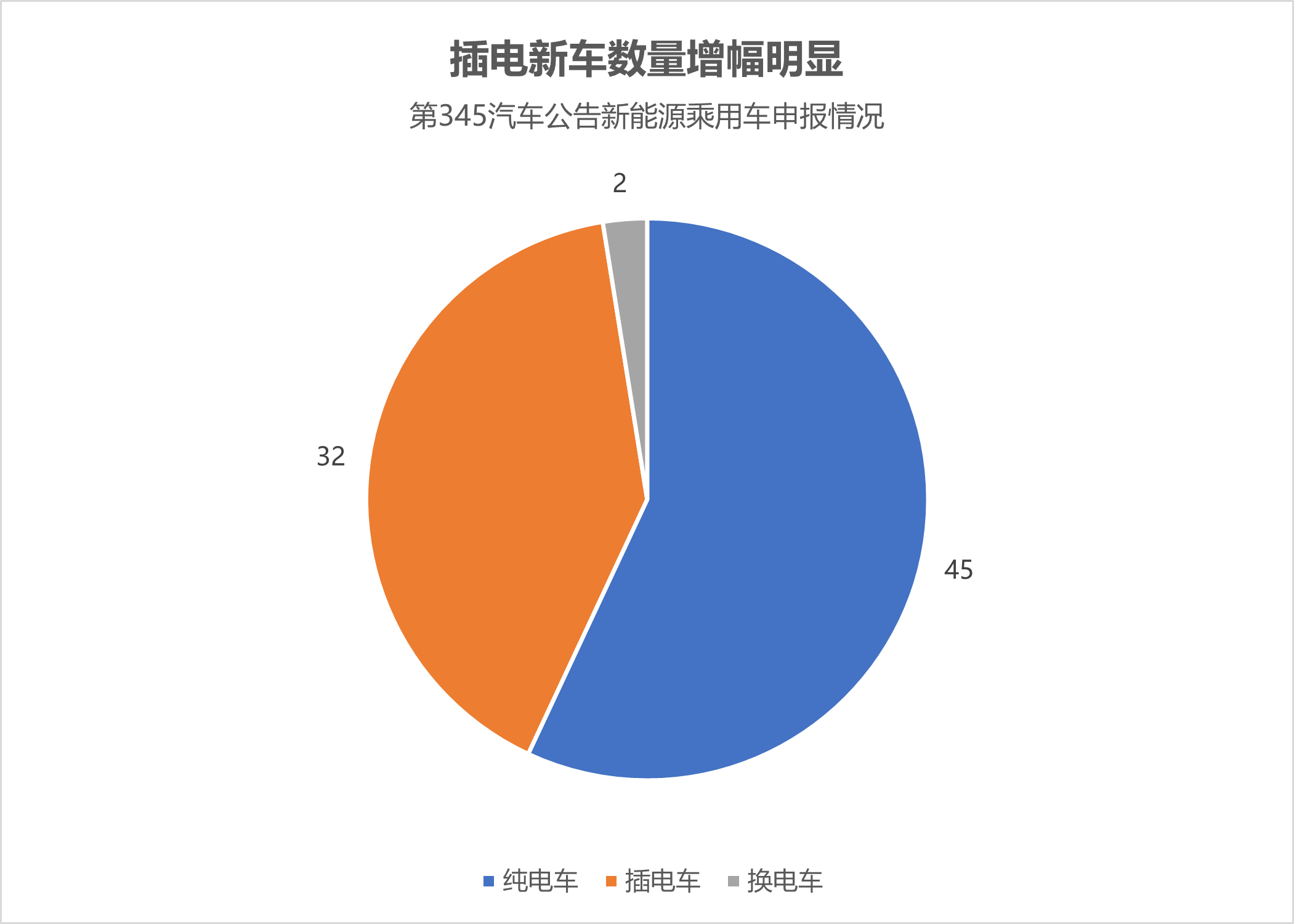
A distinctive feature of this announcement is that the number of declared plug-in hybrid models exceeds previous batches, with a total of 32 models. For the first time, BYD’s Han DM-i, Chery Tiggo 8 PLUS PHEV, Range Rover Aurora PHEV Long Axis Version, and Changan UNI-K PHEV were declared.
Below is a detailed analysis of popular models and power battery configurations.
Multiple Popular Pure Electric Cars Declared
Among the new pure electric vehicles declared in the 345th batch of automobile announcements, the Zeekrxueyuan 001 has received the most attention.
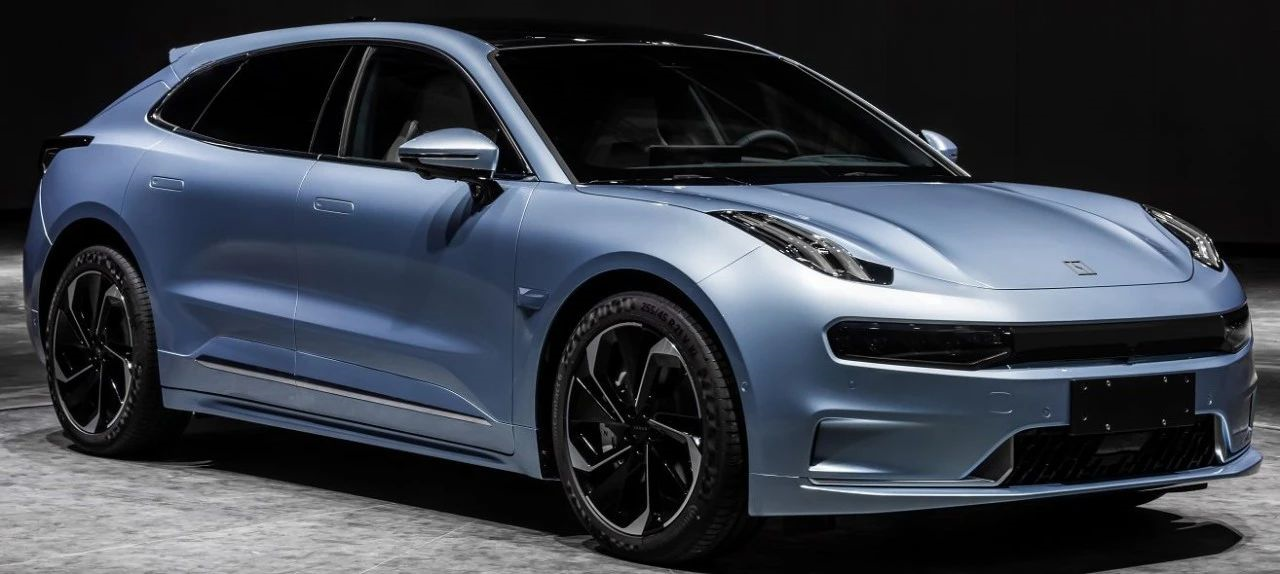
In terms of appearance, the Zeekrxueyuan 001 adopts a hunting vehicle style, which is favored by young consumers.
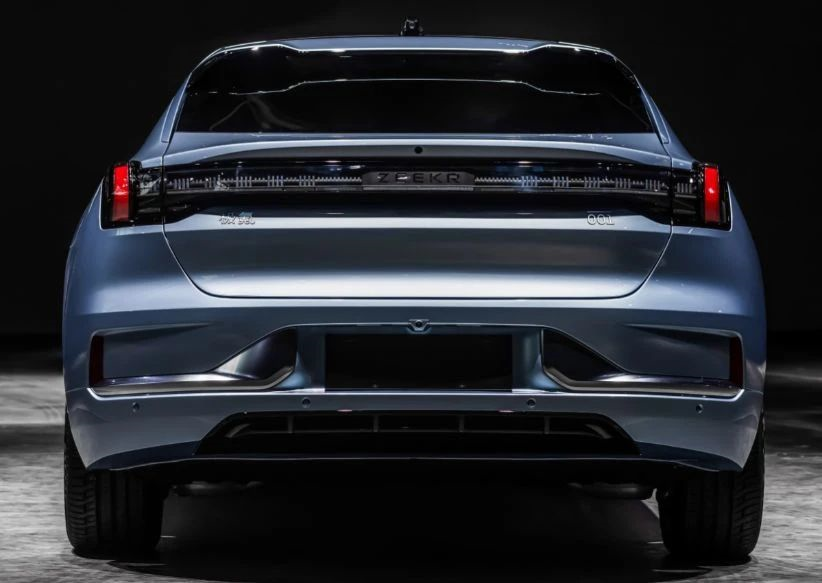
In terms of configuration, the Zeekrxueyuan 001 is very rich. It is equipped with air suspension, electric suction door, and other advanced configurations.
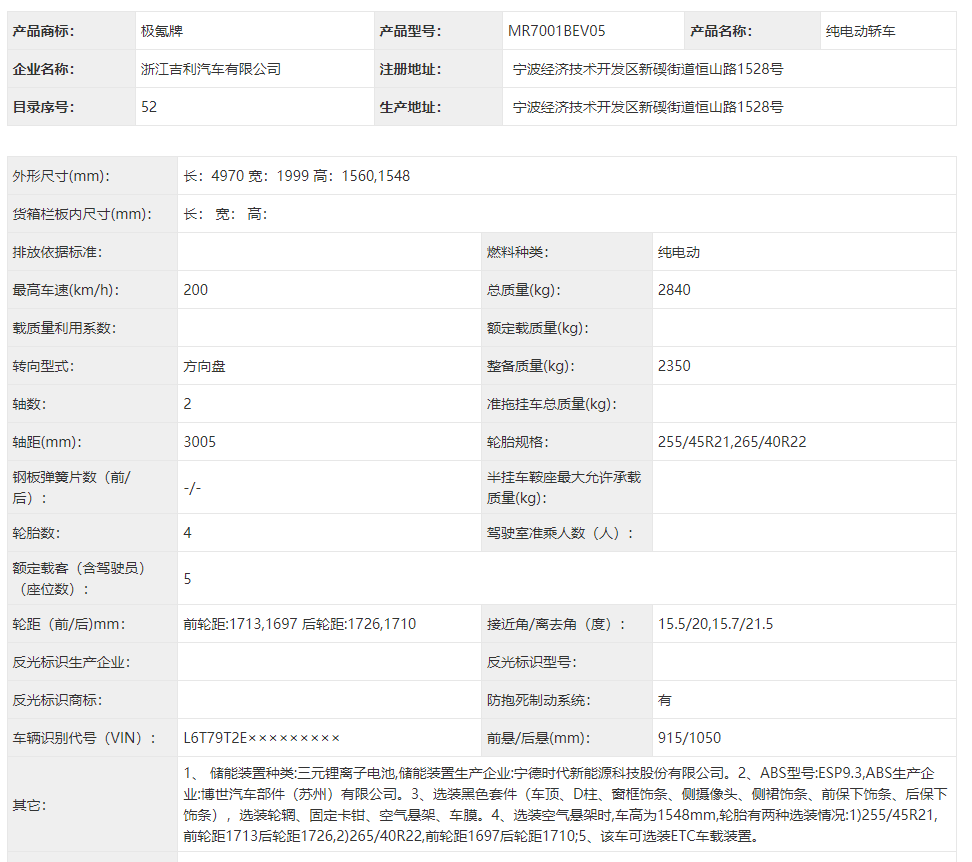 In terms of the three-electric system, the Zeekr 001 has two combinations of power battery packs and two forms of driving. The power battery packs are divided into two models: 86 kWh and 100 kWh. The driving forms are divided into two-wheel drive and four-wheel drive models, with motor powers of 200 kW and 400 kW respectively. In terms of cruising range, the 100 kWh battery two-wheel drive version has a cruising range exceeding 700 kilometers under national standard operating conditions.
In terms of the three-electric system, the Zeekr 001 has two combinations of power battery packs and two forms of driving. The power battery packs are divided into two models: 86 kWh and 100 kWh. The driving forms are divided into two-wheel drive and four-wheel drive models, with motor powers of 200 kW and 400 kW respectively. In terms of cruising range, the 100 kWh battery two-wheel drive version has a cruising range exceeding 700 kilometers under national standard operating conditions.
In this announcement, Zeekr declared both two-wheel drive and four-wheel drive models, and two different power battery pack capacities for the four-wheel drive models were declared based on vehicle weight.
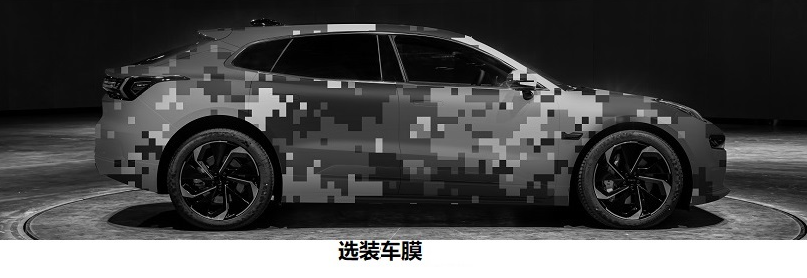
The Zeekr 001’s optional accessories include a mosaic-style car film. This is a less common accessory that has been added at the request of consumers.
According to information disclosed by Zeekr officials, the production capacity of Zeekr 001 in 2021 has been fully booked. Consumers who have made reservations after June 15 will receive delivery in 2022.
According to the latest news, the delivery of the vehicle will begin in October.
In this batch announcement, XPeng Motors declared the XPeng P5 and its derived model, the XPeng N5.
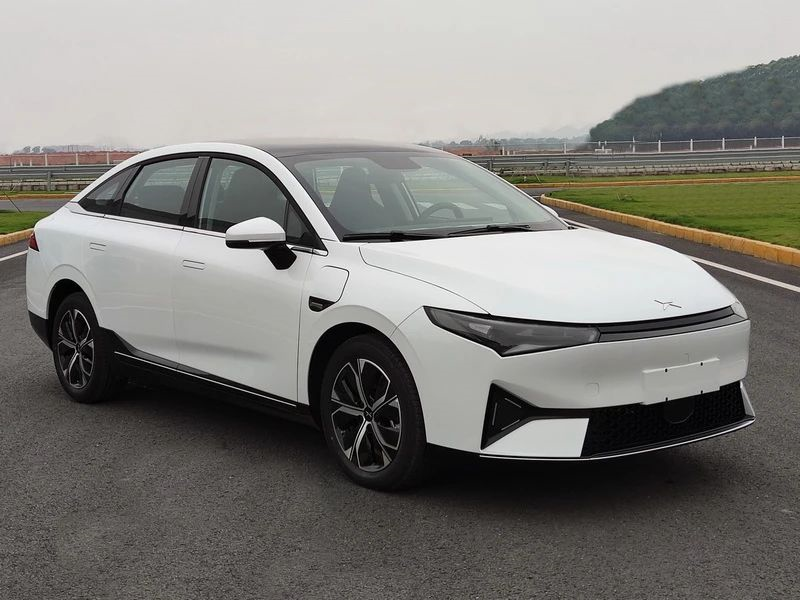
The appearance of the XPeng P5 does not continue the styling of the XPeng P7, which has led to some questions about its exterior design.
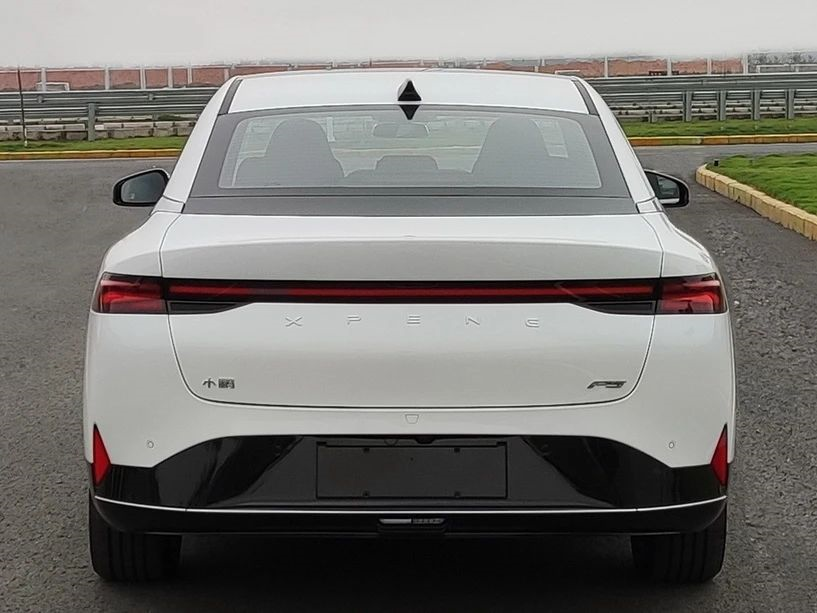
The rear of the XPeng P5 follows a similar design style to that of the P7, with a continuous taillight design.
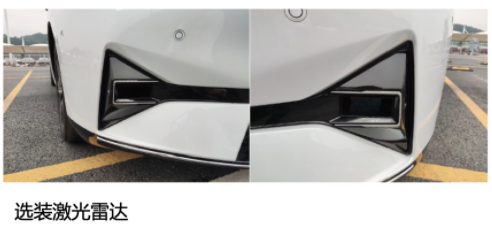
The XPeng P5 will have a LIDAR version in the future. In this batch announcement, LIDAR appears as an optional accessory.
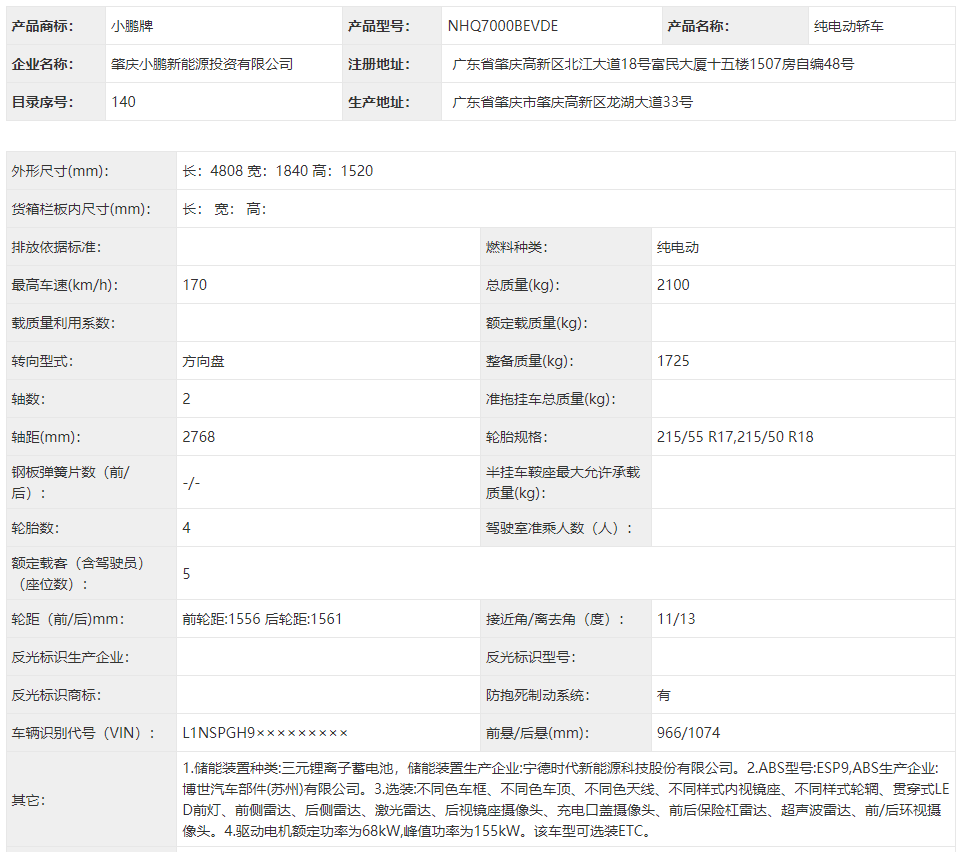 In terms of power, XPeng Motors has declared a total of three XPeng P5 models, two of which use ternary lithium batteries and one of which uses lithium iron phosphate batteries supplied by CATL. XPeng P5 will adopt a single motor drive, with a peak power of 155 kW.
In terms of power, XPeng Motors has declared a total of three XPeng P5 models, two of which use ternary lithium batteries and one of which uses lithium iron phosphate batteries supplied by CATL. XPeng P5 will adopt a single motor drive, with a peak power of 155 kW.
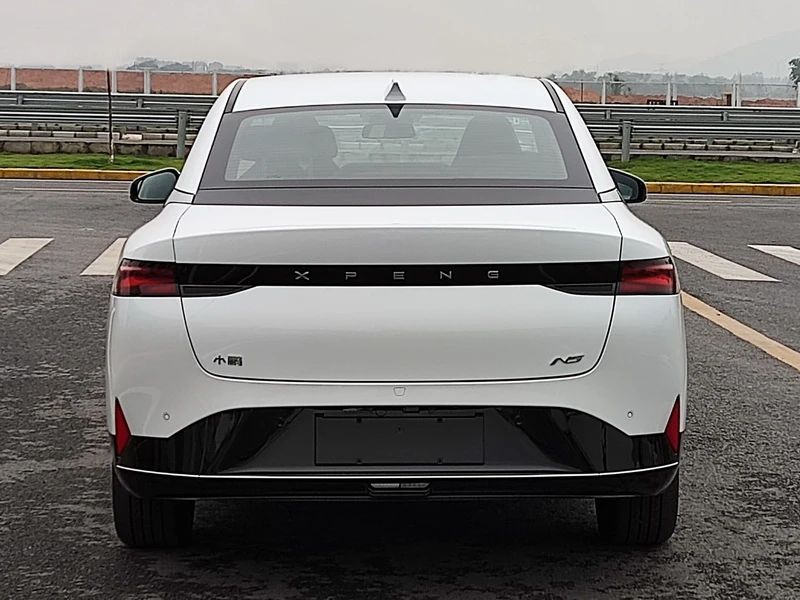
Also declared with XPeng P5 is the XPeng N5, which uses lithium iron phosphate power battery.
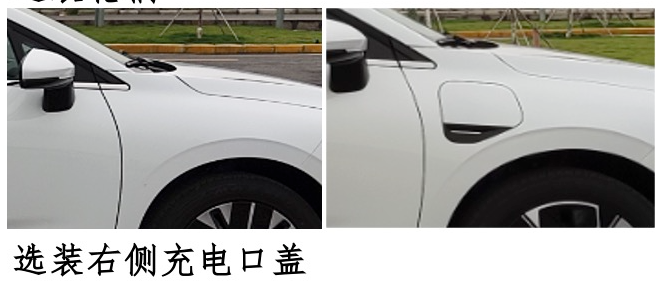
In XPeng N5’s optional configuration, users can choose whether to install the charging port cover on the right side of the body, which is mainly used for AC slow charging. From this optional configuration, XPeng N5 may be the commercial vehicle version of XPeng P5, and a version without an on-board charger may be launched in the future.
BYD has declared the EA1 all-electric vehicle that was showcased at the Shanghai Auto Show.
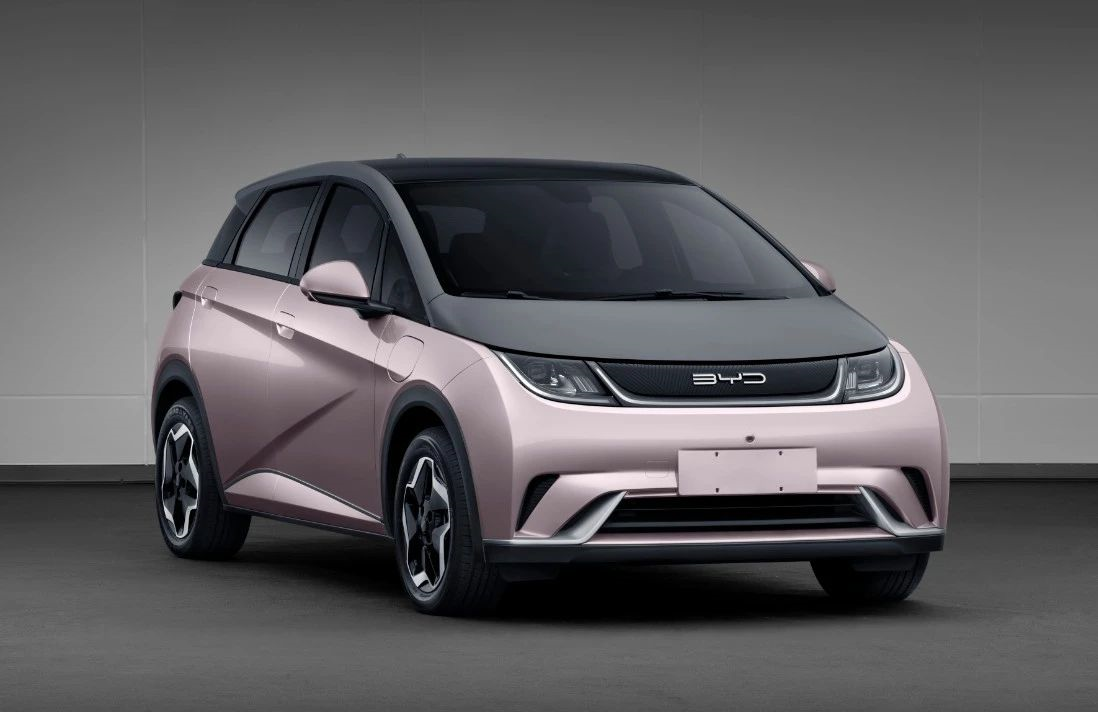
In terms of appearance, BYD EA1 does not adopt the DragonFace design of Han EV, but a similar design to DiDi D1.
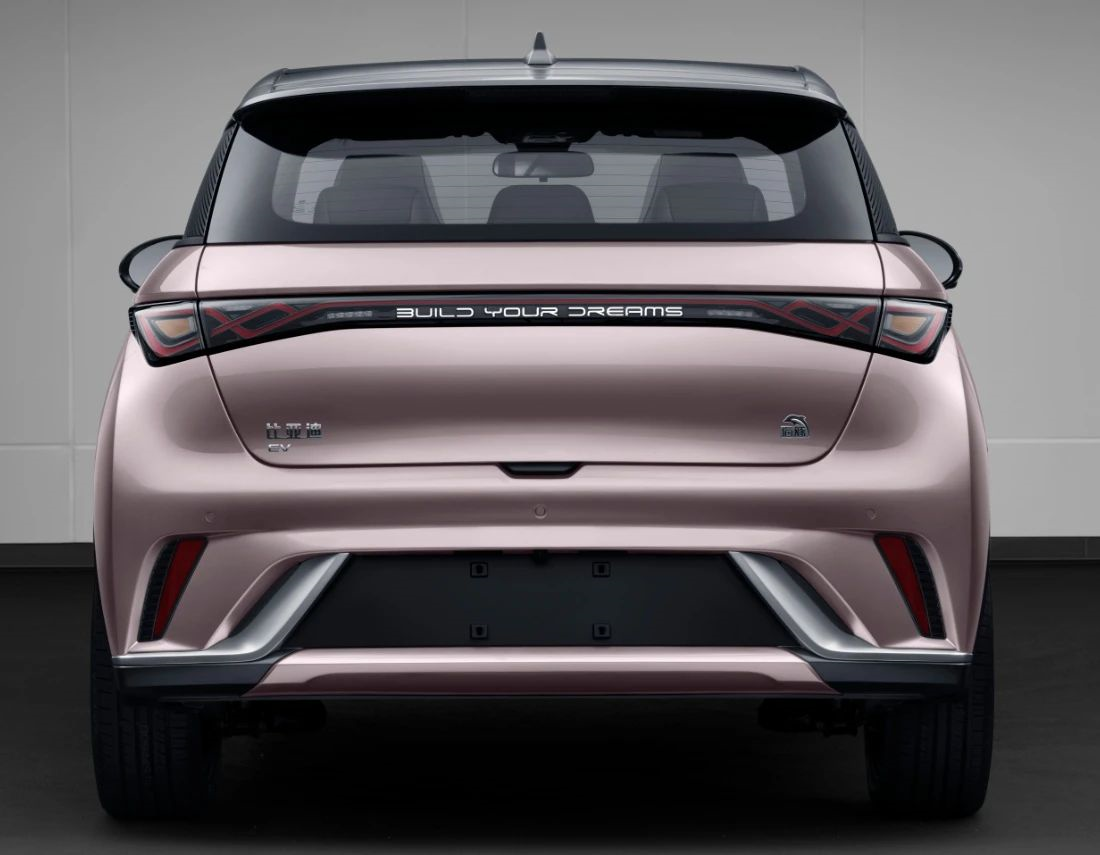
At the rear of the car body, the BYD EA1 has a dolphin logo attached to the tailgate, which is a new registered trademark of BYD that was previously speculated to be used for BYD’s high-end brand, but from this declaration, the dolphin logo is not used for BYD’s high-end brand.
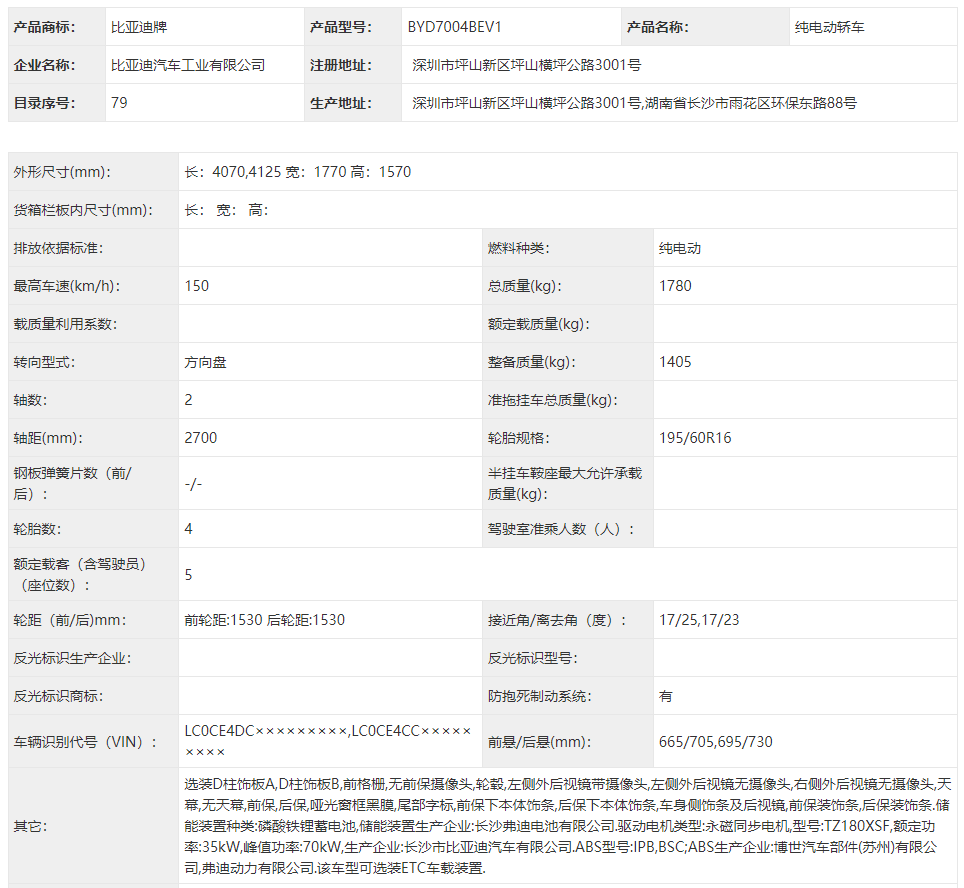
In terms of parameters, BYD EA1 has a length of 4070 mm, a wheelbase of 2700 mm, and a wheelbase ratio of more than 66%, and is expected to be built on a brand new EV platform. In terms of power, BYD EA1 will adopt lithium iron phosphate blade batteries, with a peak power of 70 kW.
BYD EA1 will be produced in the factories of Shenzhen and Changsha, with the power battery provided by Changsha Favori Battery Co., Ltd., the same manufacturer as DiDi D1.According to the core specifications, manufacturer, and supporting situation of BYD EA1, the car is closely related to DiDi D1. In the future, DiDi D1 will mainly target the operating vehicle market, while EA1 will be mainly sold in the household vehicle market.
SAIC Volkswagen has declared the ID.3 model in this announcement.
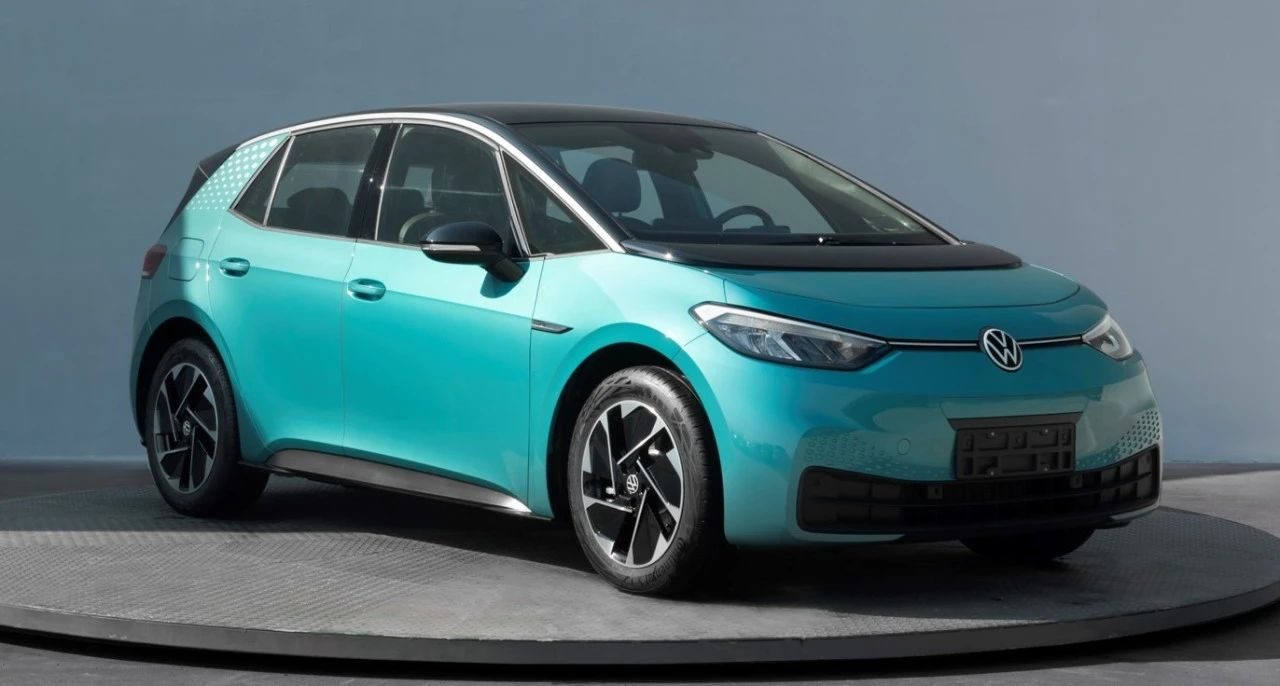
In terms of appearance, the ID.3 model looks similar to the Volkswagen fuel-powered car Golf, but is completely different in design details.
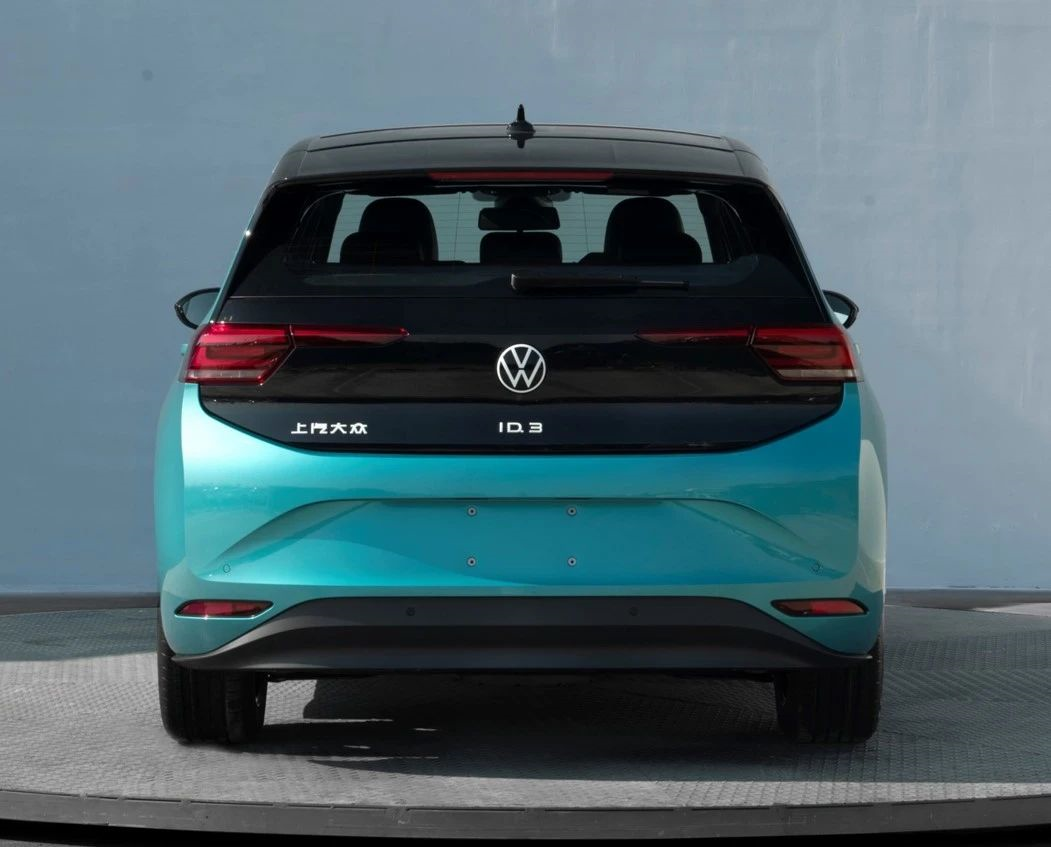
In terms of parameters, the ID.3 has a length of 4261mm, width of 1778mm, height of 1568mm, wheelbase of 2765mm, weight of 1760kg, and is powered by a peak power 125kW motor.
In terms of power batteries, the ID.3 will adopt a ternary lithium power battery. Based on the MEB platform, both the ID.3 and ID.4 models have a wheelbase of 2765mm, so the over 70 kWh power battery pack equipped on the ID.4 should be able to be installed on the I.D.3, and the expected cruising range of the car will exceed 600 kilometers.
In this batch of announcements, Chery New Energy declared the Ruiteng RT1 model.
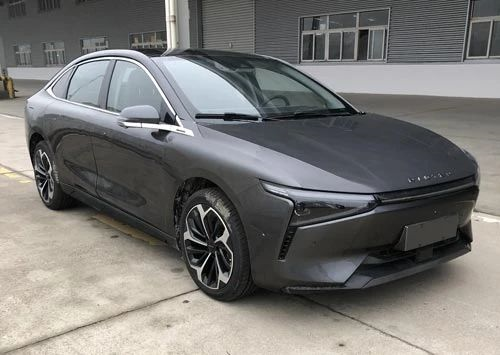
The Ruiteng RT1 has a length of 4875mm, wheelbase of 2920mm, and is powered by a ternary lithium battery with a motor peak output power of 130kW.
BYD declares new DM-p model
In terms of plug-in hybrid electric vehicles, BYD has declared multiple models based on DM-i technology, and has also launched a new DM-p model.
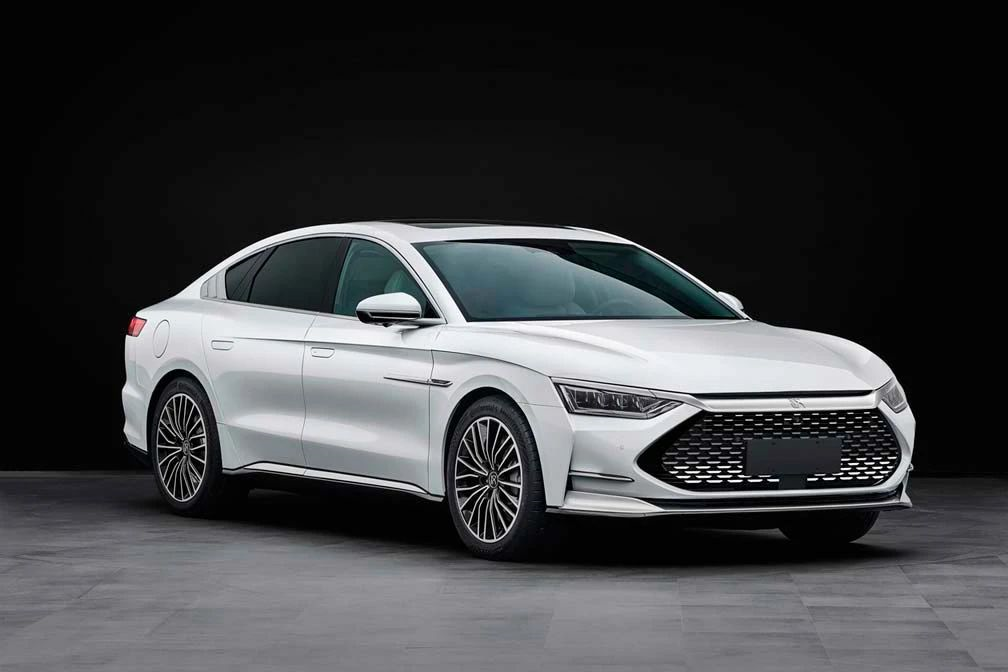
In terms of appearance, the Han DM-i model is not much different from the current Han DM model. Even in the rear of the vehicle, there is no DM-i logo, but it appears as an optional feature.
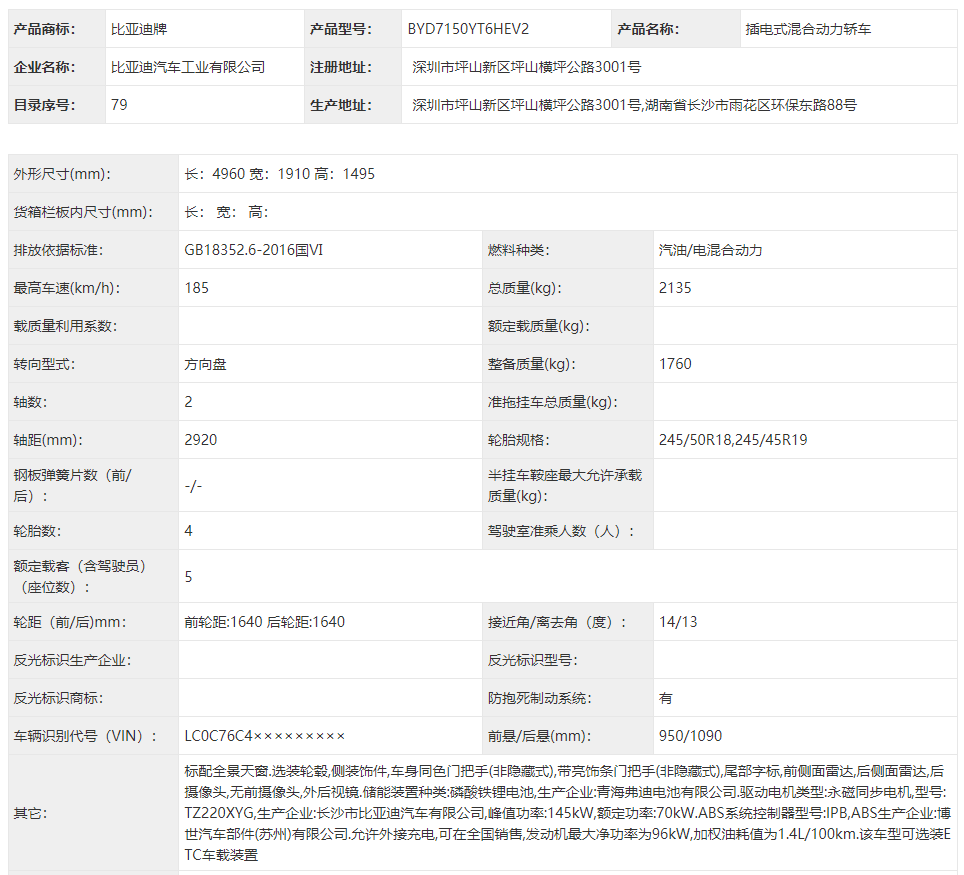 The dimensions such as length, width, height, and wheelbase of the Han DM-i are the same as those of the Han DM model.
The dimensions such as length, width, height, and wheelbase of the Han DM-i are the same as those of the Han DM model.
In terms of electrification, the Han DM-i is equipped with the DM-i super hybrid system, which combines a 1.5T gasoline engine with a peak power of 145 kW electric motor. The power battery is made of lithium iron phosphate.

In the 28th batch of vehicle and vessel tax reduction and exemption list, Han DM-i has two versions of electric range, 51 km and 121 km respectively, and the declared fuel consumption values are 1.4 L/100 km and 0.8 L/100 km.
Multiple DM-i models were also declared along with the Han DM-i.
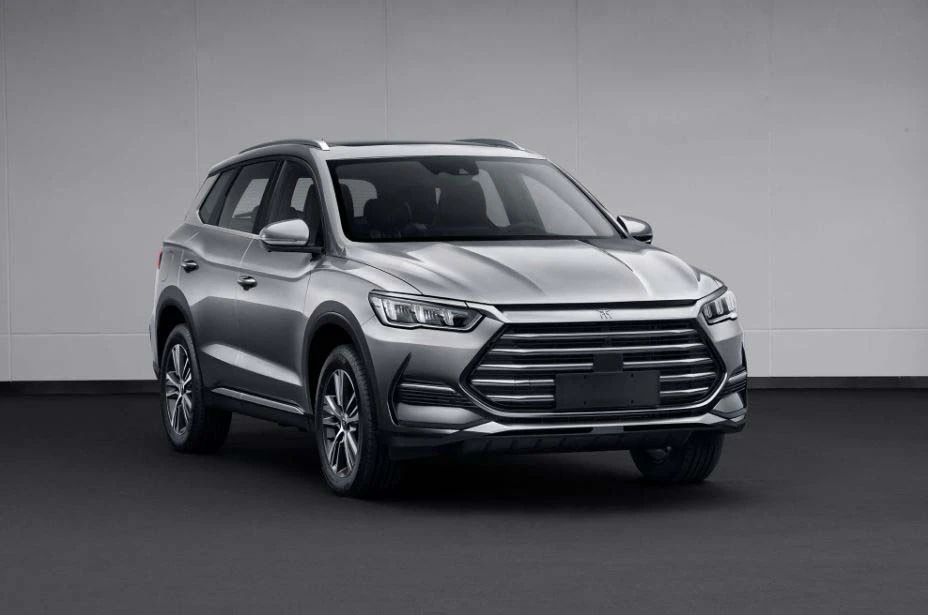
The BYD Song Pro model that has been on the market for 2 years has declared the DM-i super hybrid version in this batch announcement.
The already launched Song PLUS DM-i model has declared the DM-p version.
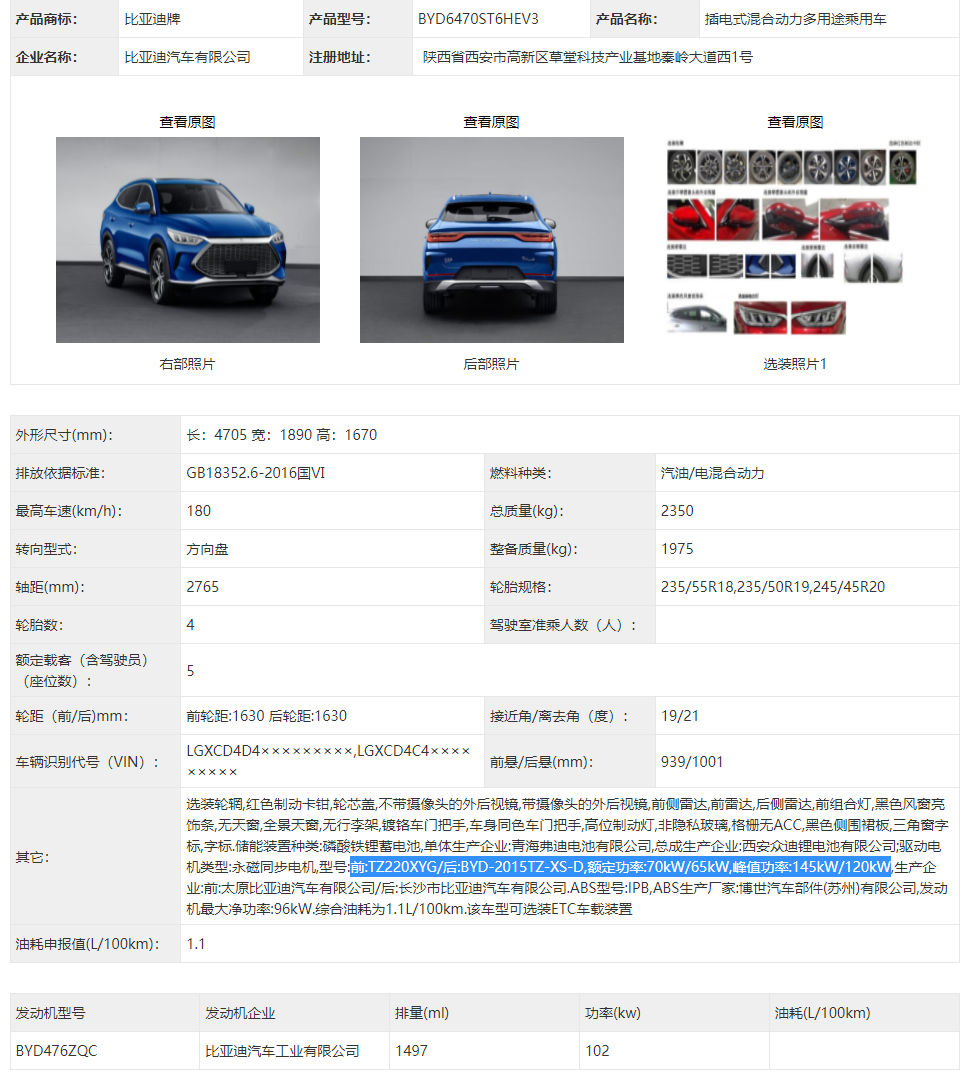
From the specifications, the BYD Song PLUS DM-p version will use a 1.5T engine, as well as a powertrain composed of front and rear dual-drive motors. The gasoline engine model of the Song PLUS DM-p and the front-drive motor model are the same as those of the Han DM-i, which are different from the Song PLUS DM-i model.
From the specifications, the Song PLUS DM-p model is possibly achieved through the addition of a rear electric motor on the DM-i super hybrid technology.
Since BYD did not declare the vehicle tax reduction and exemption list for the four-wheel-drive version of the Song PLUS DM-p, the pure electric range of this model is unknown for now.
Chery declared several plug-in hybrid electric vehicles in this batch announcement.
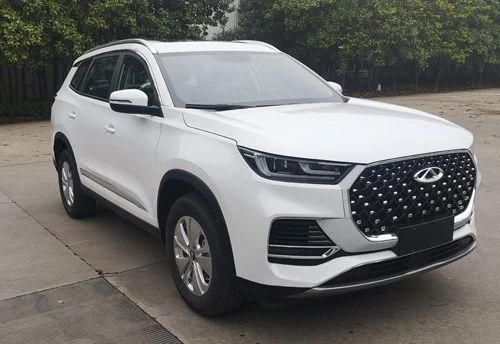
The Chery Tiggo 8 PLUS PHEV uses a 1.5T gasoline engine. The power battery is a ternary lithium power battery provided by Guoxuan High-tech.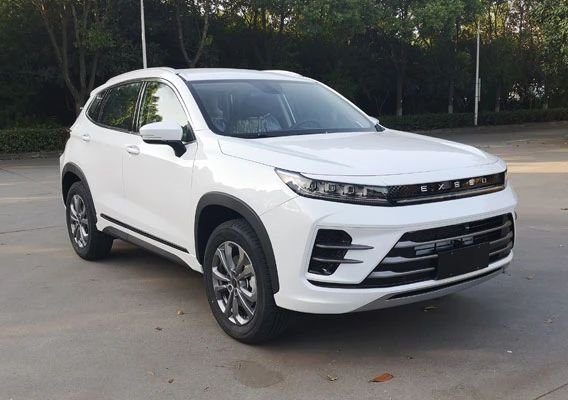
Chery’s high-end brand Star Way also declared the Star Way LX Plug-in Hybrid in this batch announcement, which uses the same engine model as the Tiggo 8PLUS Plug-in Hybrid, and also uses Hefei Guoxuan’s ternary lithium battery.
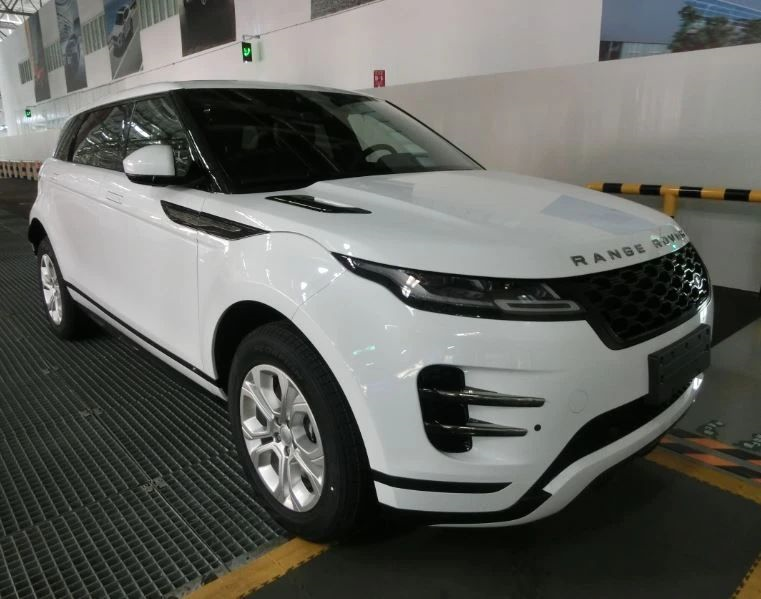
Chery Jaguar Land Rover, a joint venture brand of Chery, declared the Evoque PHEV model in this batch. In terms of parameters, the wheelbase of this car reaches 2841 mm, which is a plug-in car based on the long wheelbase version of the Evoque.
Changan declared the UNI-K PHEV version in this batch.
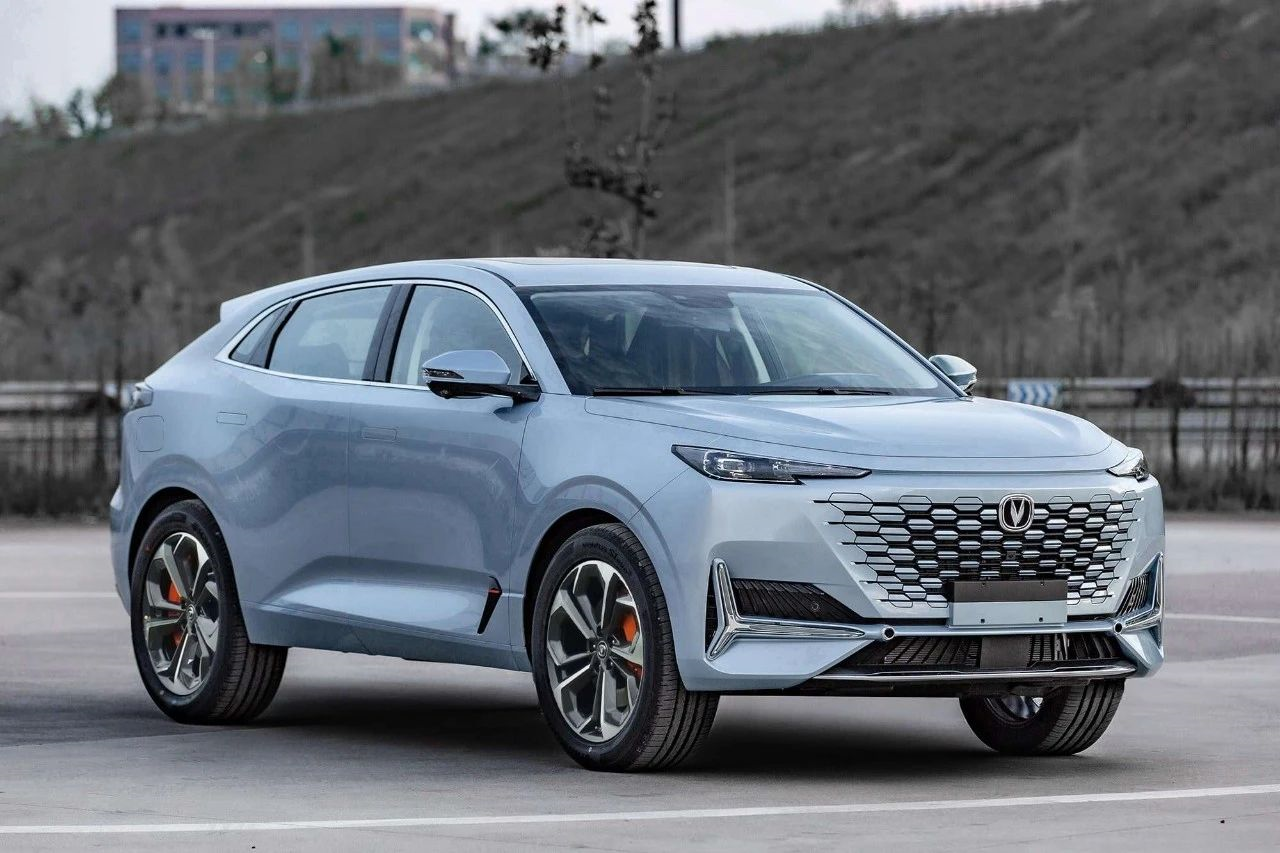
The car uses a hybrid power system composed of a 1.5T gasoline engine and an electric motor, with a peak power of 85kW for the driving motor. In terms of power battery, Changan UNI-K uses ternary lithium batteries.
Ternary Lithium Battery Has Advantages
The number of power battery matching, ternary lithium batteries have advantages.
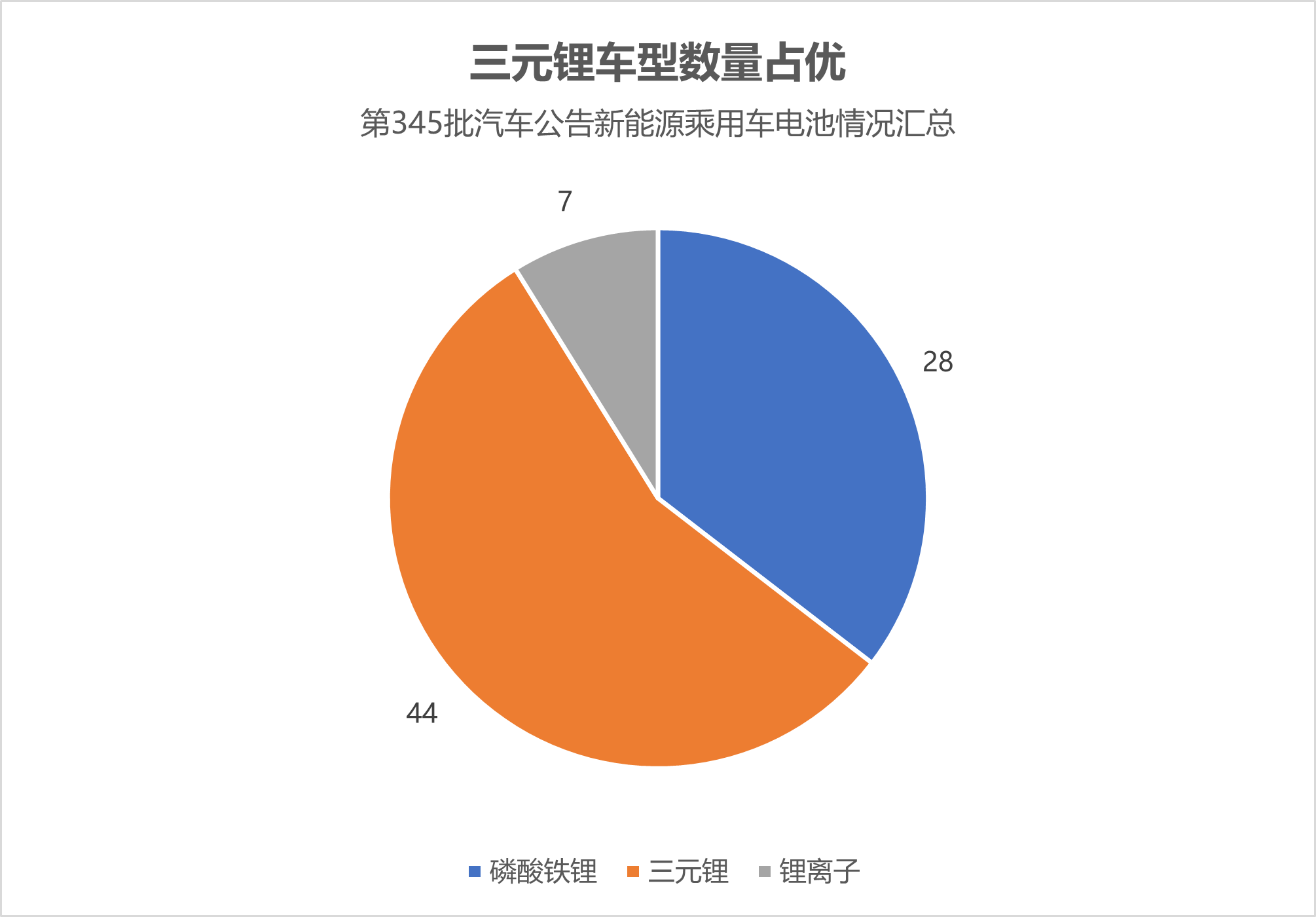
Among a total of 79 new energy passenger cars, 44 models use ternary lithium batteries, and a total of 28 models are marked as using lithium iron phosphate power batteries.
In pure electric vehicles, ternary lithium batteries and lithium iron phosphate batteries are relatively close in proportion, but in plug-in hybrid models, except for the BYD brand models, other models all use ternary lithium batteries.
In the phosphate iron return tide, the power battery matching situation in the 345th batch of auto announcements shows that car companies have mature research and development capabilities on different technical paths of ternary lithium and lithium iron phosphate.
Some car companies install power batteries of different materials on popular models to meet different market needs and ensure supply security.
In the future, this situation of not sticking to a single power battery material may further increase.
This article is a translation by ChatGPT of a Chinese report from 42HOW. If you have any questions about it, please email bd@42how.com.